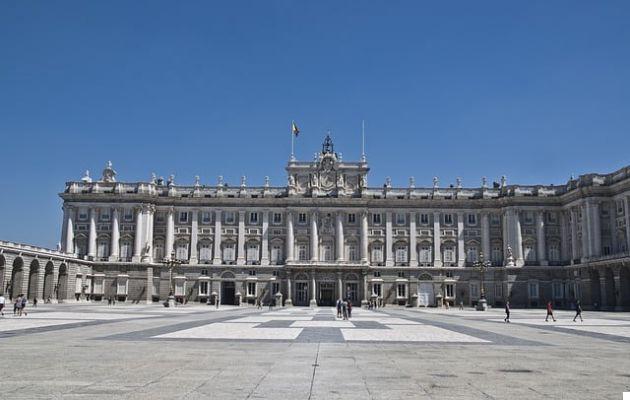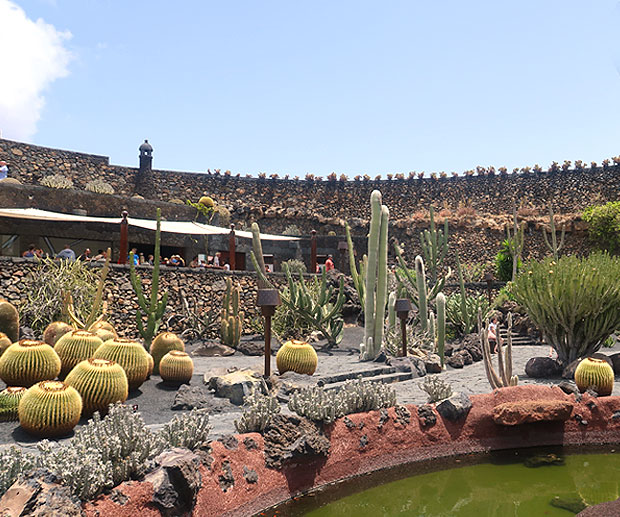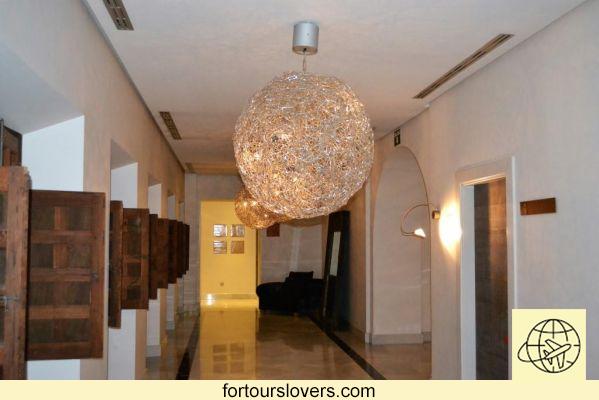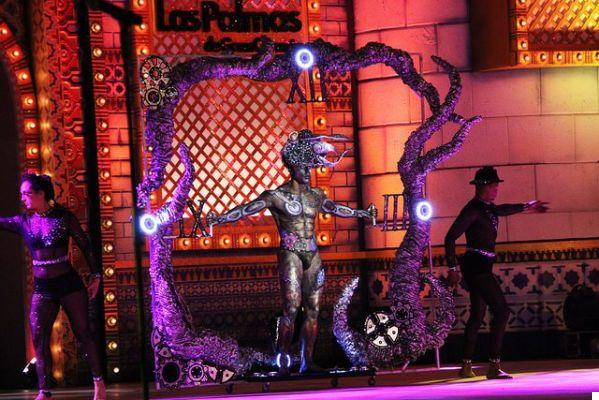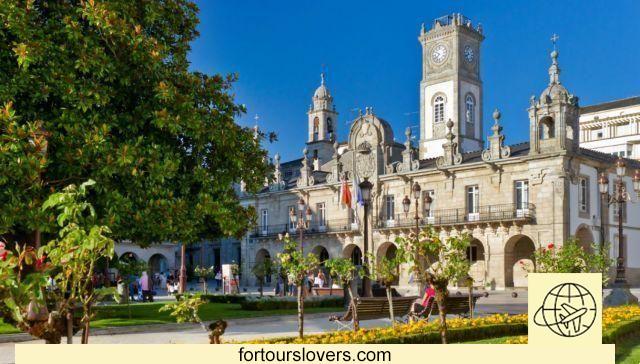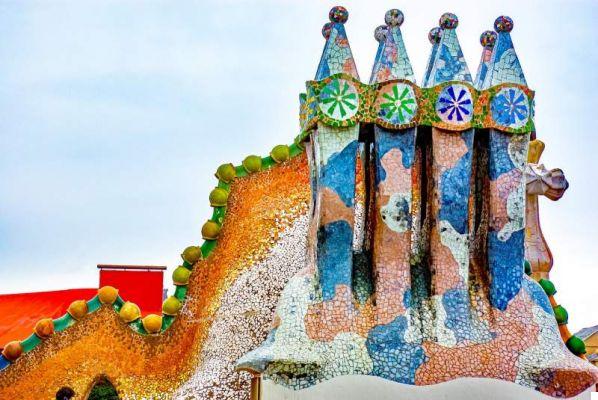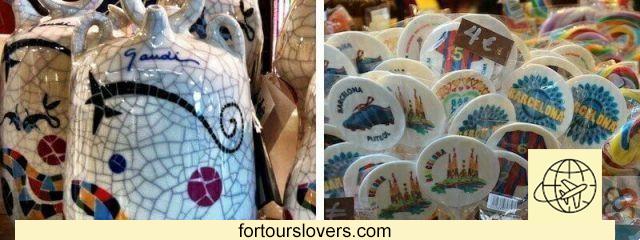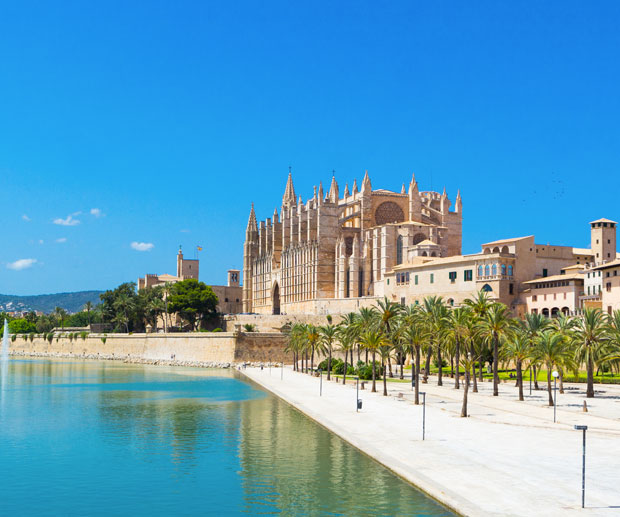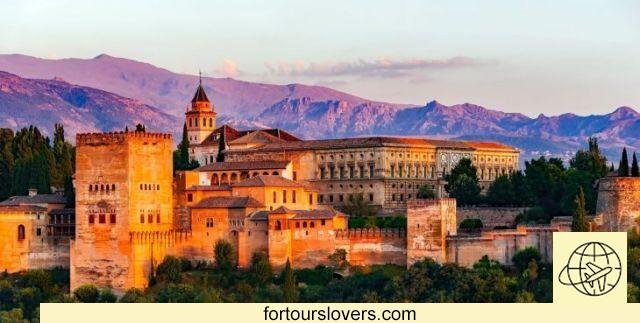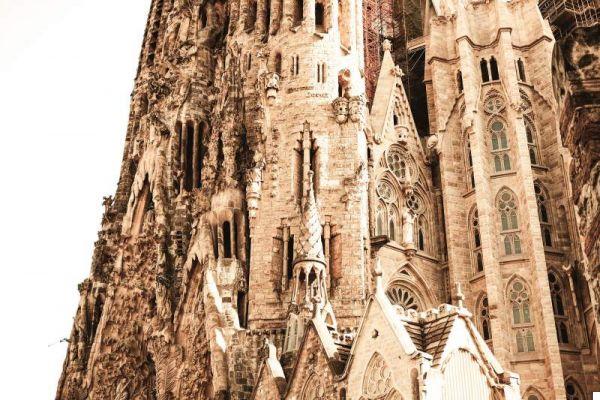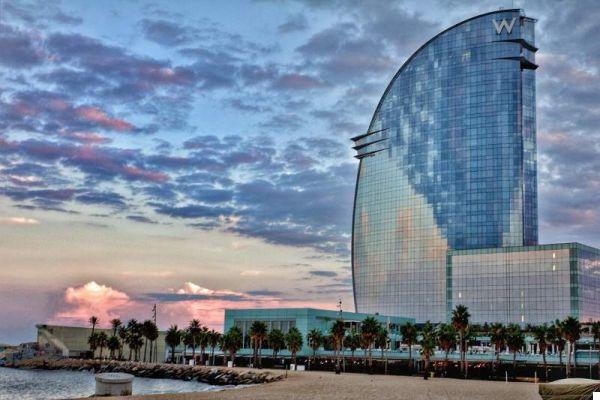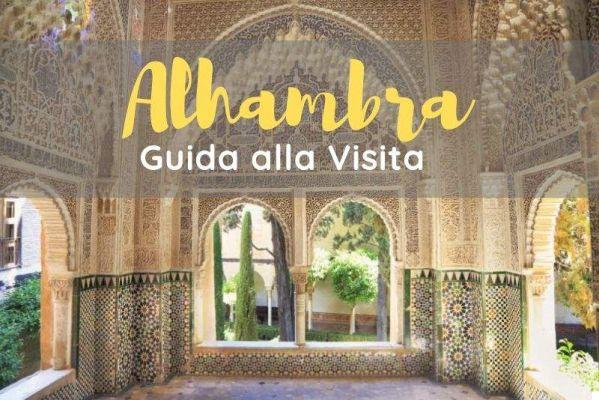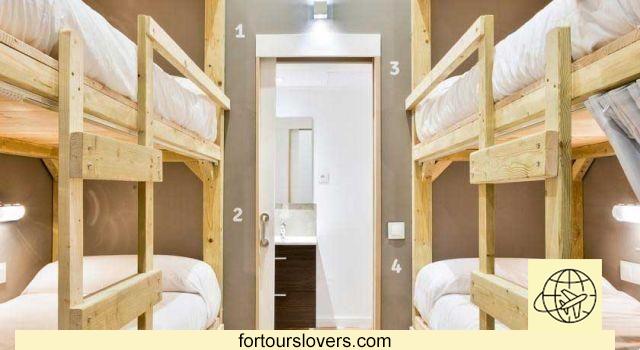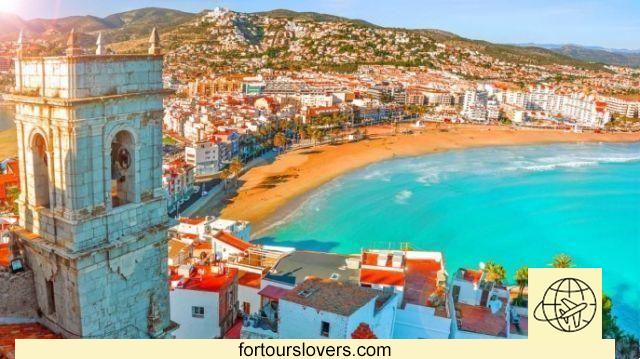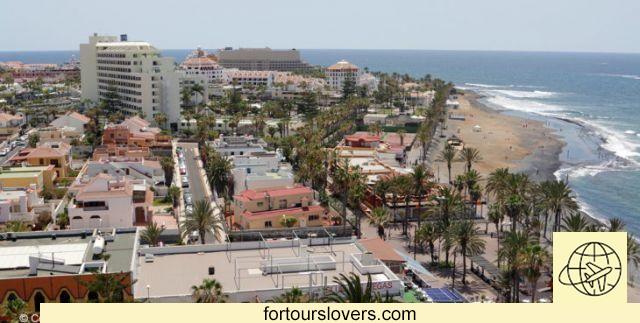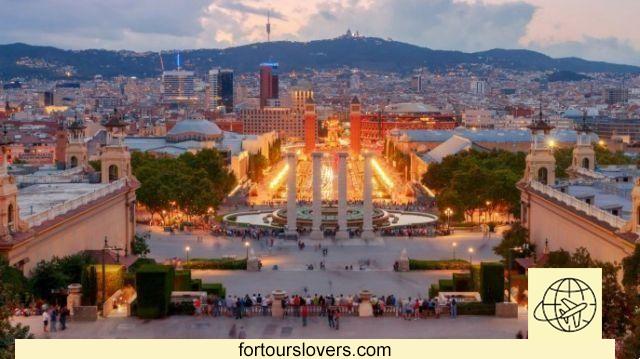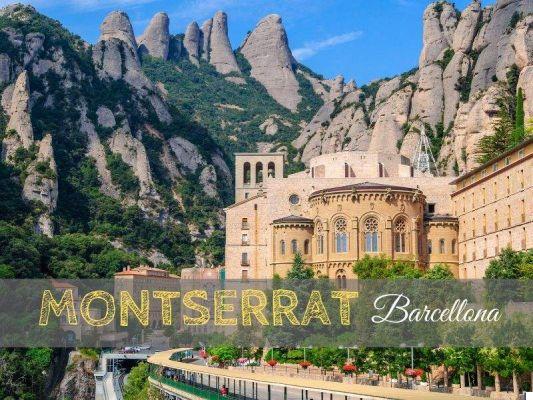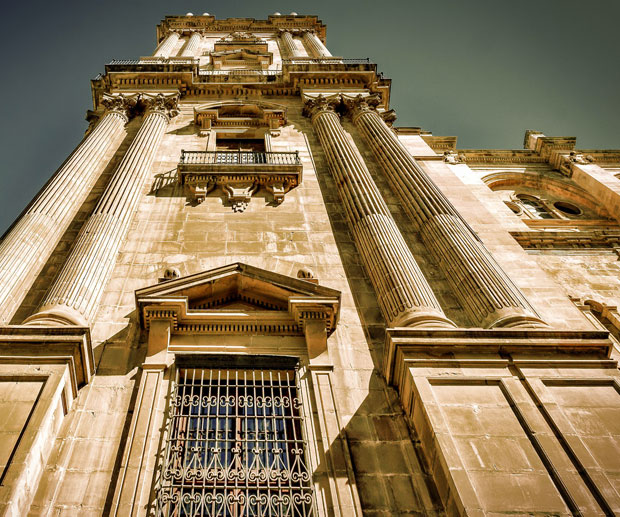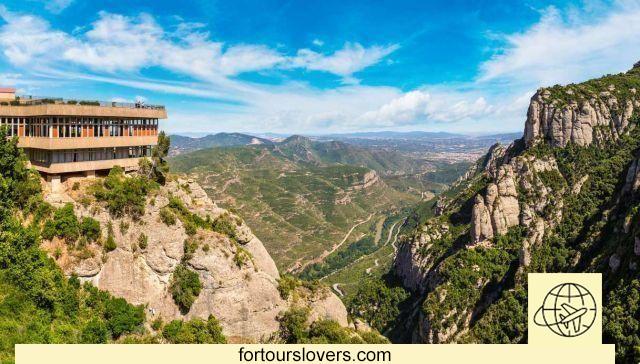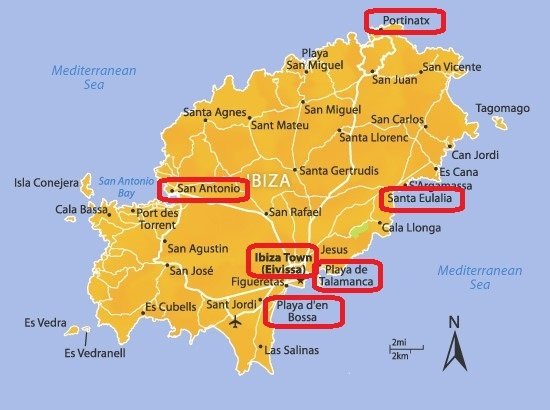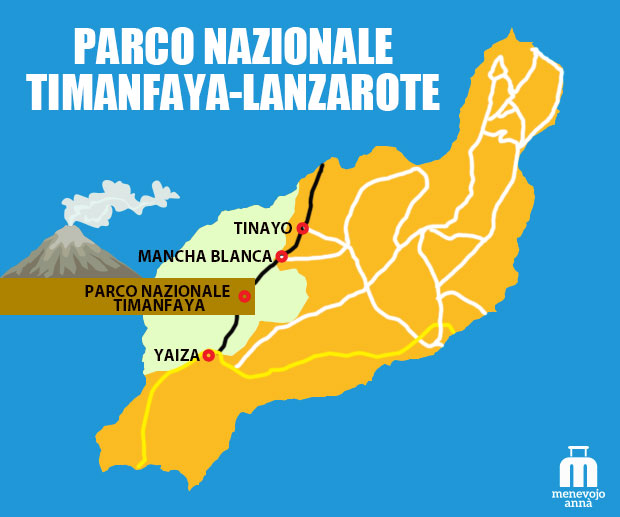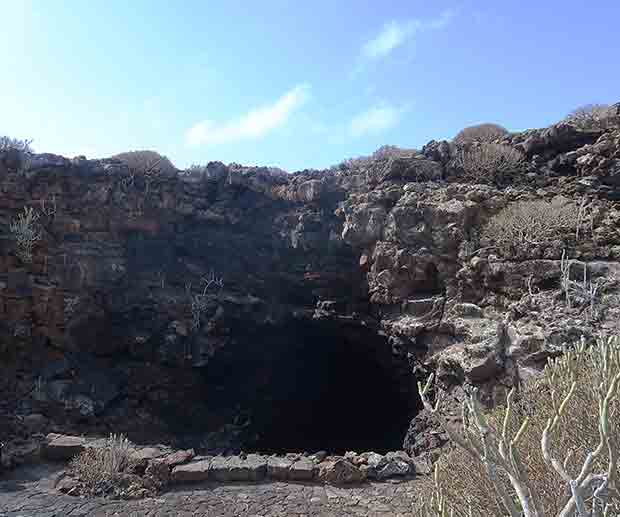The Royal Palace of Madrid it is one of the most visited monuments in the capital. Built with granite and limestone, no longer in wood, to avoid the danger of fires, it is the official residence of the kings of Spain but is used only for official state ceremonies. The royal family, in fact, does not live there but at the Zarzuela Palace.
Inside it has over 3000 richly decorated rooms, but obviously no more than 10% is visited by the public. In addition to beautiful decorative elements such as tapestries, porcelain or crystal chandeliers, the palace also contains a select collection of paintings with important works by Caravaggio, Juan de Flandes, Velázquez or Goya, string instruments made by Stradivari for the ruler of Spain, and the Royal Armory collection, one of the finest of its kind.
History of the Royal Palace
The Royal Palace was built in the XNUMXth century, during the reign of Philip V and was erected in the same place where the old Alcazar (an ancient Moorish fortress destroyed by fire) was located.
To carry out your project, Philip V brought in 1735 a great architect, Filippo Juvarra. Unfortunately, the latter died in 1736 even before starting work. The king had him replaced by Giambattista Sacchetti, disciple of Philip. It is the latter that was at the origin of this majestic palace that amazes the whole world.
What to see in the Royal Palace of Madrid
The simple walk outside the Royal Palace is impressive. Organized around a large courtyard, the building has a square plan structure, from which three floors rise to thirty-one meters high.
The main entrance is located in the magnificent Armeria Square, from where you can appreciate the elegance and majesty of the main facade of the building.
The palace
Access to the Palace is via a staircase of great beauty and spectacularity, the work of Sabatini. During the tour it is noticeable how the delicate decoration of the different spaces has adapted to the times and tastes of its tenants. Inside the Palace the rooms stand out:
- Halberdiers Hall, with beautiful tapestries, a ceiling frescoed by Tiepolo and some paintings by Luca Giordano.
- Hall of Columns, in which there are several tapestries depicting the Acts of the Apostles. In this room there was the official ceremony for the entry of Spain into the European Community.
- Gala dining room it is the official hall for court banquets, intended for one hundred and fifty guests.
- The Porcelain room, has walls and ceilings studded with porcelain motifs.
- clock room, with numerous precious watches.
- Gasparini room: there are beautiful embroidered silk curtains, a marble floor and richly decorated ceilings.
- Throne room, adorned with mirrors, huge chandeliers and gilded decorations. During the celebrations, the two thrones are occupied by the royal couple. The painted ceiling, with frescoes by Tiepolo, is a tribute to the crown and the grandeur of the Spanish monarchy with its provinces and states.
Square
It is a space of great beauty, also known as Explanada de la Almudena, from which you have access to many of the main places of the Palace.
THEarmory real
It was created by Felipe II. It collects one of the most important tournament weapon collections in the world. These weapons belonged to Emperor Charles V and his ancestors.
Campo del Moro Gardens
These are the fantastic gardens that surround the palace. They are declared of historical and artistic interest and their extension is about 20 hectares. They are the work of the architect Narciso Pascual y Colomer, who designed them in the mid-nineteenth century. At the exit, don't miss the Almudena Cathedral erected between the Palazzo and Campo del Moro.
The Changing of the Palace Guard
If you want to attend a truly unusual ceremony, every Wednesday, from 11 to 14, you can see the changing of the palace guard. In period uniforms, the foot guards change every half hour, while the knights every hour.
Il first Wednesday of each month, there is a solemn Changing of the Royal Guard, a 40-minute ceremony with 400 people and 100 horses. A show worth seeing.
Opening hours of the Royal Palace of Madrid
Unlike most other institutions and museums in the capital, the Royal Palace does not close on Mondays. In fact, it only closes during the most significant holidays:
- 24 and 25 December and 1 and 6 January, Christmas holidays
- May 1st, Labor Day
- 12 October, a national holiday
- May 15, San Isidro
- November 9, La Almudena
The Palace can be visited, from April to September, from 10.00 to 20.00 and the rest of the year from 10.00 to 18.00.
Furthermore, it is important to remember that, when there are official celebrations, the Palace cannot be visited.
Royal Palace of Madrid ticket prices
The palace can be visited individually or through a guided tour. If you don't want to queue in front of the ticket office, you can buy tickets online at least one day before your visit.
Ticket prices to visit the Royal Palace are as follows:
- General rate € 10
- Reduced rate € 5
- Visits with audio guide € 14
The visit to the Palace is participation in the following cases:
- For children under 5 years old
- For everyone, from Monday to Thursday: from October to March, from 16.00 h. at 18:00 and from April to September, from 18:00. at 20:00 h.
Notice: Although admission is free, anyone who wants the audio guide will have to pay € 4.
There is also the possibility to visit the kitchen of the Royal Palace for € 5 per person, as it is not included in the general rate.
How to reach us
Access for visitors: door to the square or esplanade of the Almudena, corner Calle Bailén
- Bus: lines 3, 25, 39 and 148
- Meter: lines 5 and 2 (Opera station)
- Commuter trains: Príncipe Pío station
- On foot: vicino to Plaza Mayor
